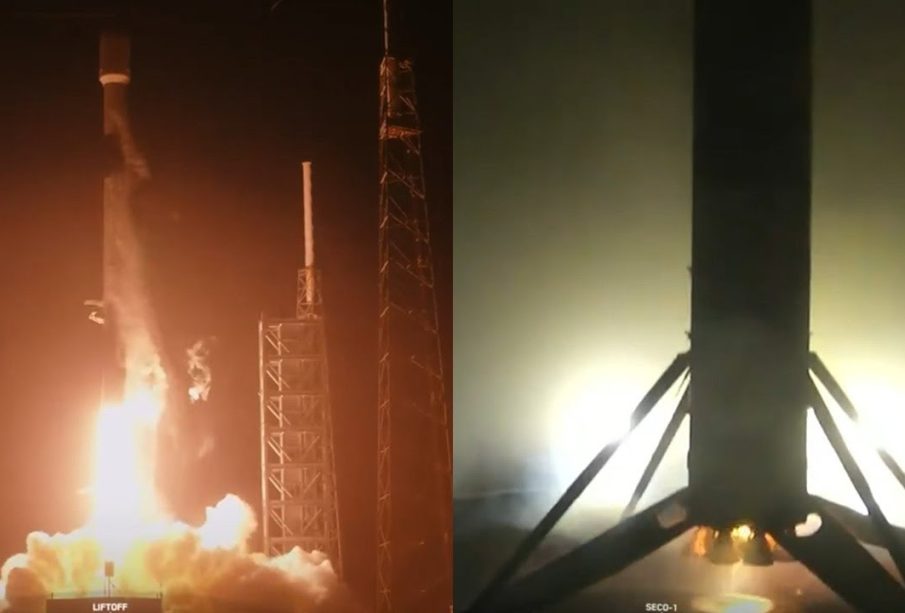Starlink: Revolutionising Global Internet Access

Introduction
Starlink, a satellite internet constellation being constructed by SpaceX, has garnered significant attention due to its potential to provide internet access across the globe, particularly in rural and remote areas. Launched by Elon Musk’s company, Starlink aims to offer high-speed internet service to unserved and underserved populations, making the project highly relevant amidst growing demands for connectivity during the digital age.
Current Developments
As of October 2023, Starlink has successfully deployed over 3,000 satellites into low Earth orbit, offering services in 47 countries. The company has expanded its coverage rapidly, guiding thousands of customers in areas where traditional broadband has been ineffective or unavailable. Recently, SpaceX announced partnerships with several organizations to enhance service delivery in regions affected by natural disasters, showcasing the constellation’s role in emergency connectivity.
Starlink’s latest generation of satellites, featuring improved technology for faster data transmission, is being launched regularly. The developments include advancements in beamforming and frequency reuse technology that promises better efficiency and lower latency. Reports indicate that users are experiencing internet speeds of up to 200 Mbps, with latency rates as low as 20 milliseconds, making it a competitive option against traditional internet service providers.
Challenges and Concerns
Despite its growing popularity, Starlink is not without challenges. Satellite space debris is a pressing concern, as the increasing number of satellites raises the risk of collisions and may impact space navigation. Additionally, astronomers have expressed concerns regarding light pollution caused by Starlink satellites interfering with astronomical observations. SpaceX has been working on solutions to mitigate these issues by implementing darker coatings on satellites and deploying them in orbits that reduce visibility from the ground.
Conclusion
Starlink presents a transformative opportunity for global internet access, breaking barriers and providing connectivity to hard-to-reach locations. As the service continues to improve and expand, it holds the potential to bridge the digital divide considerably. Looking ahead, its success may inspire similar ventures, pushing the boundaries of technology towards more inclusive and widespread internet accessibility. With the increasing reliance on online services, Starlink’s impact on education, business, and communication in rural communities could be profound as the project evolves.








